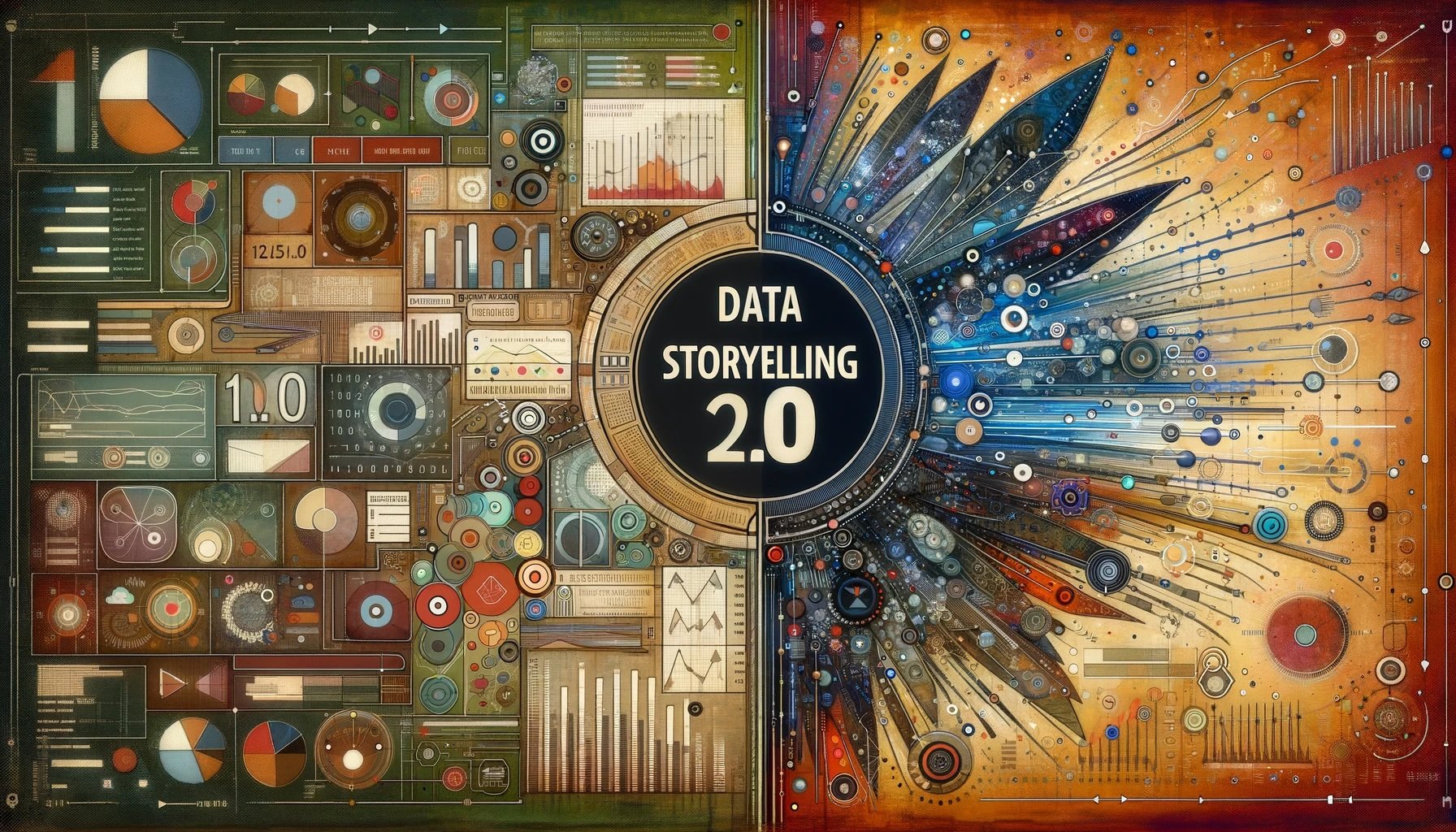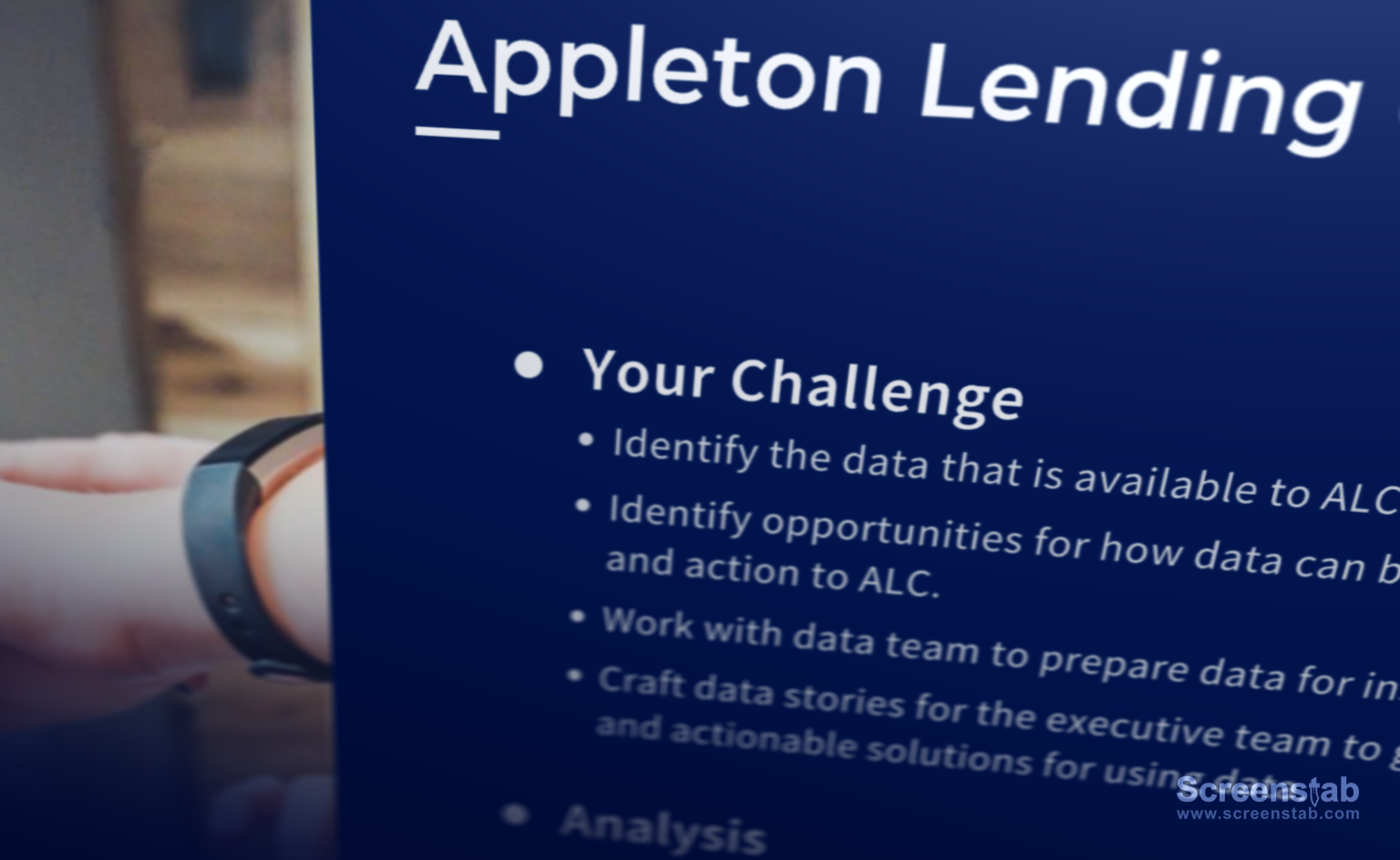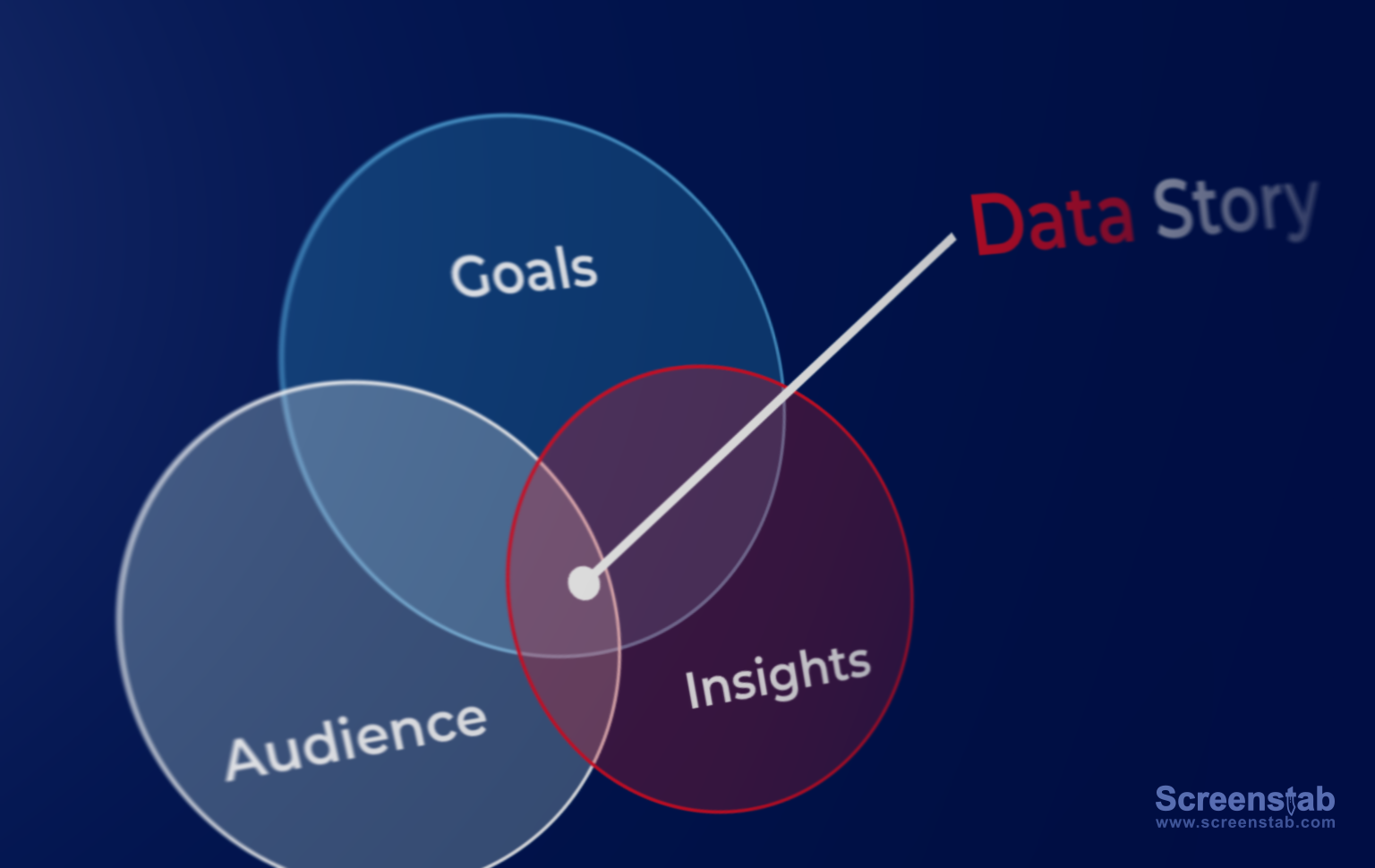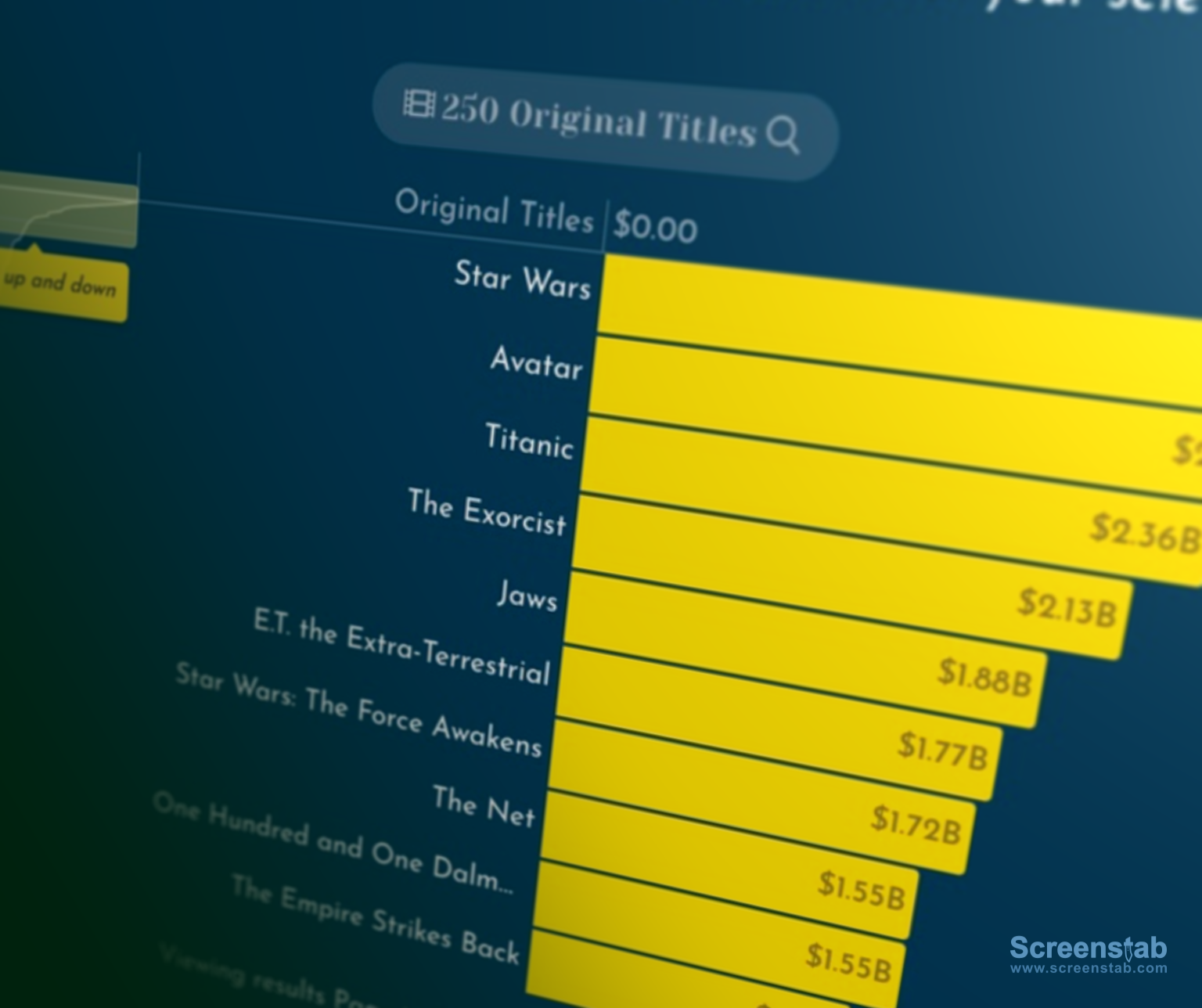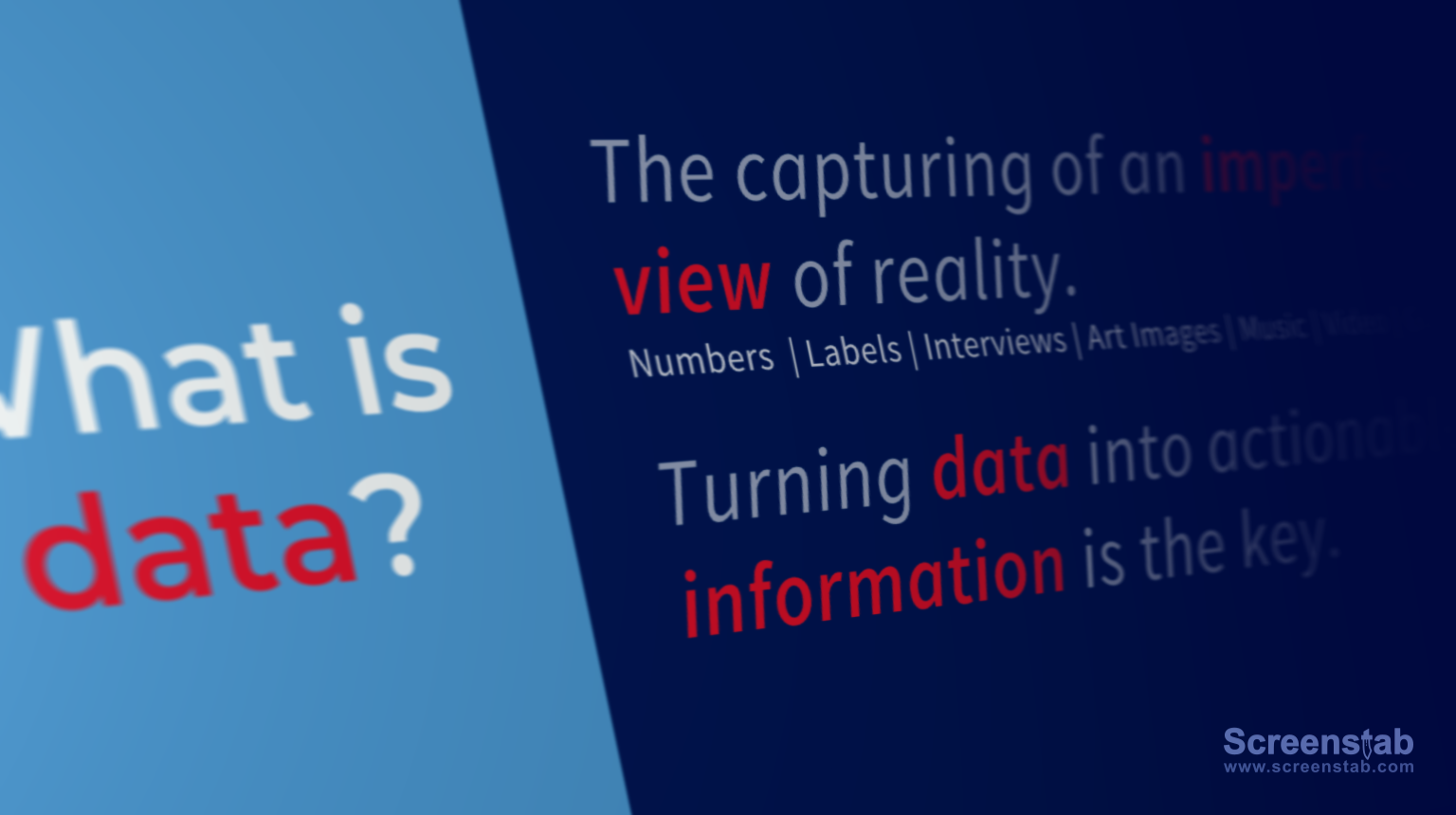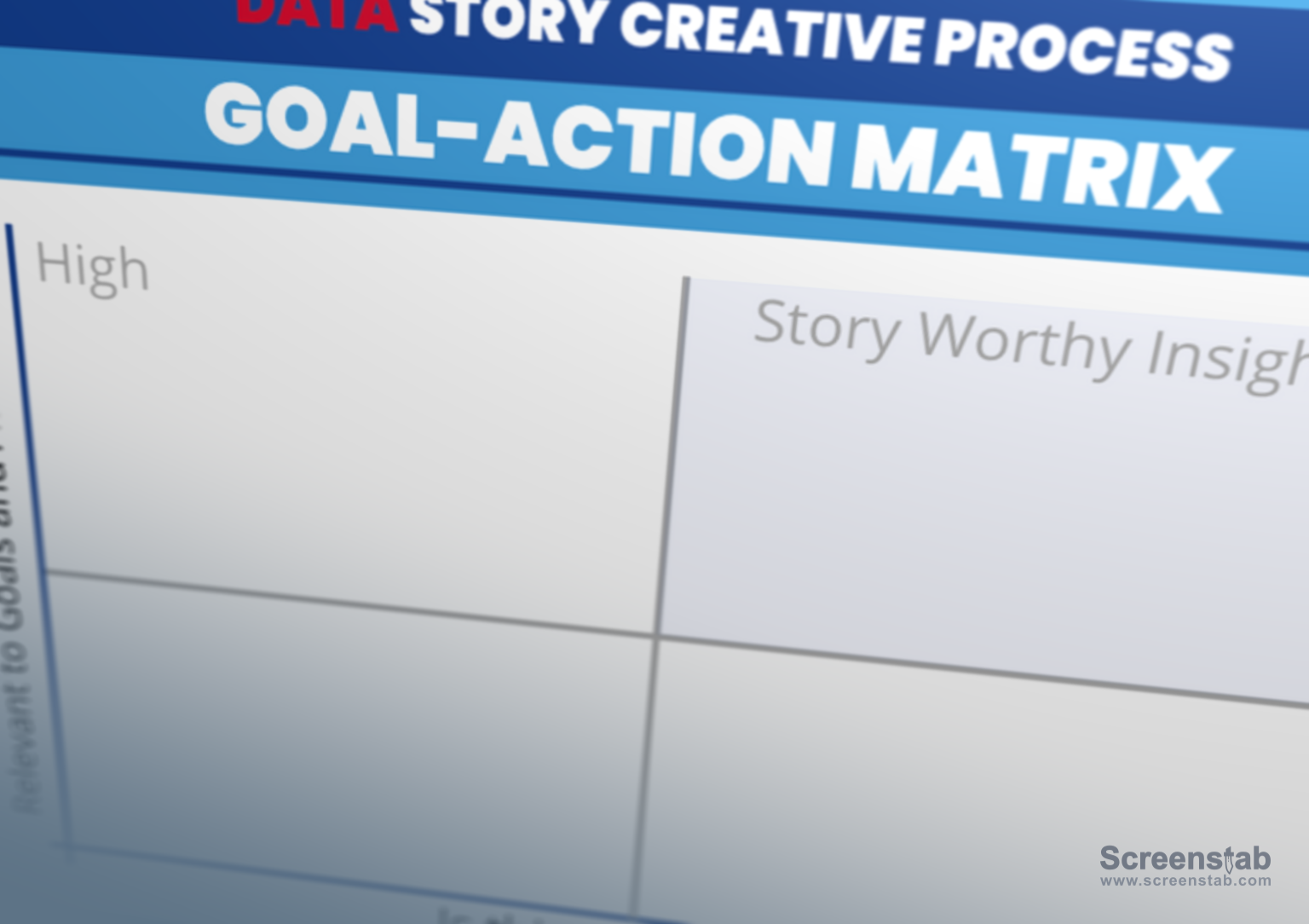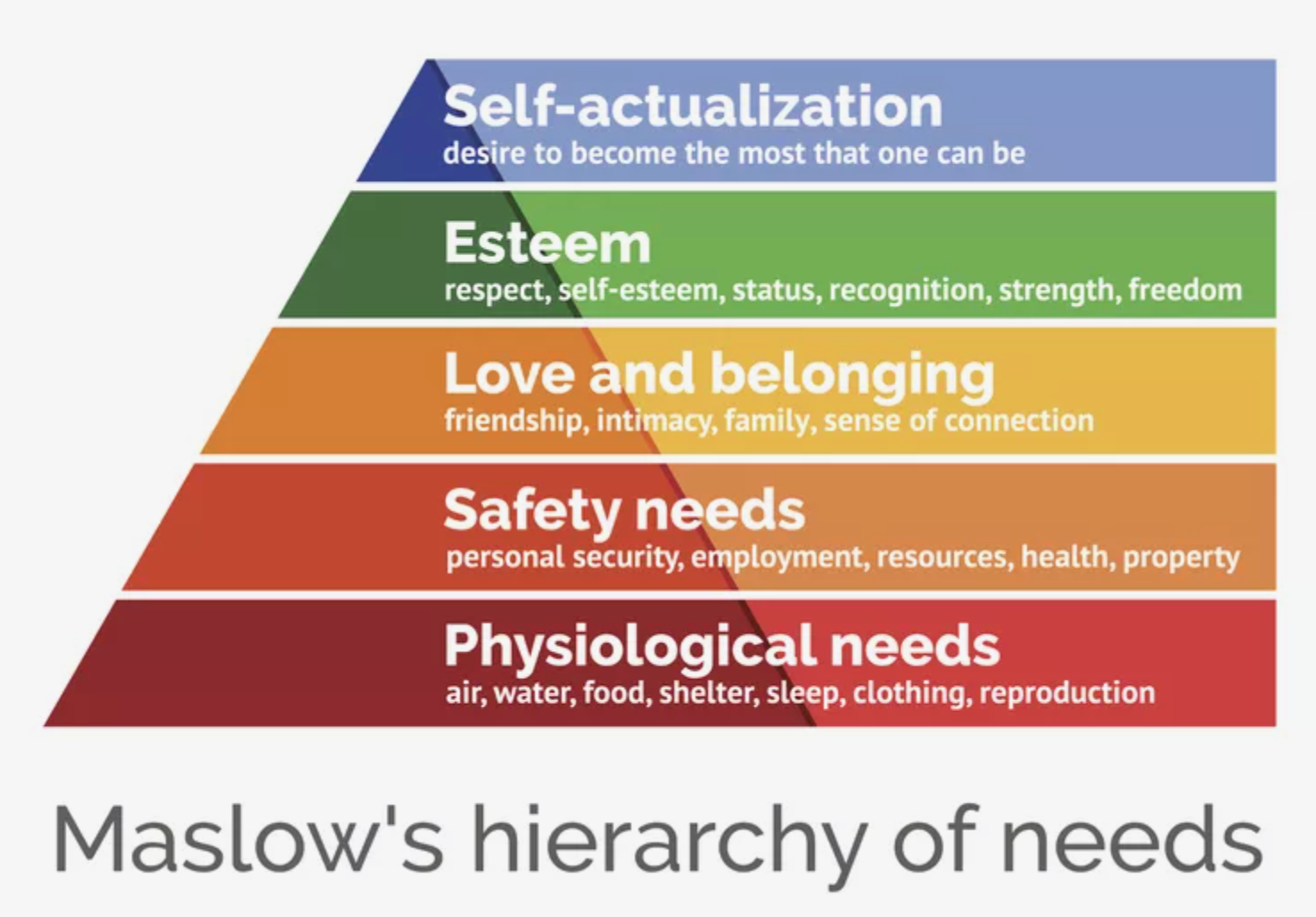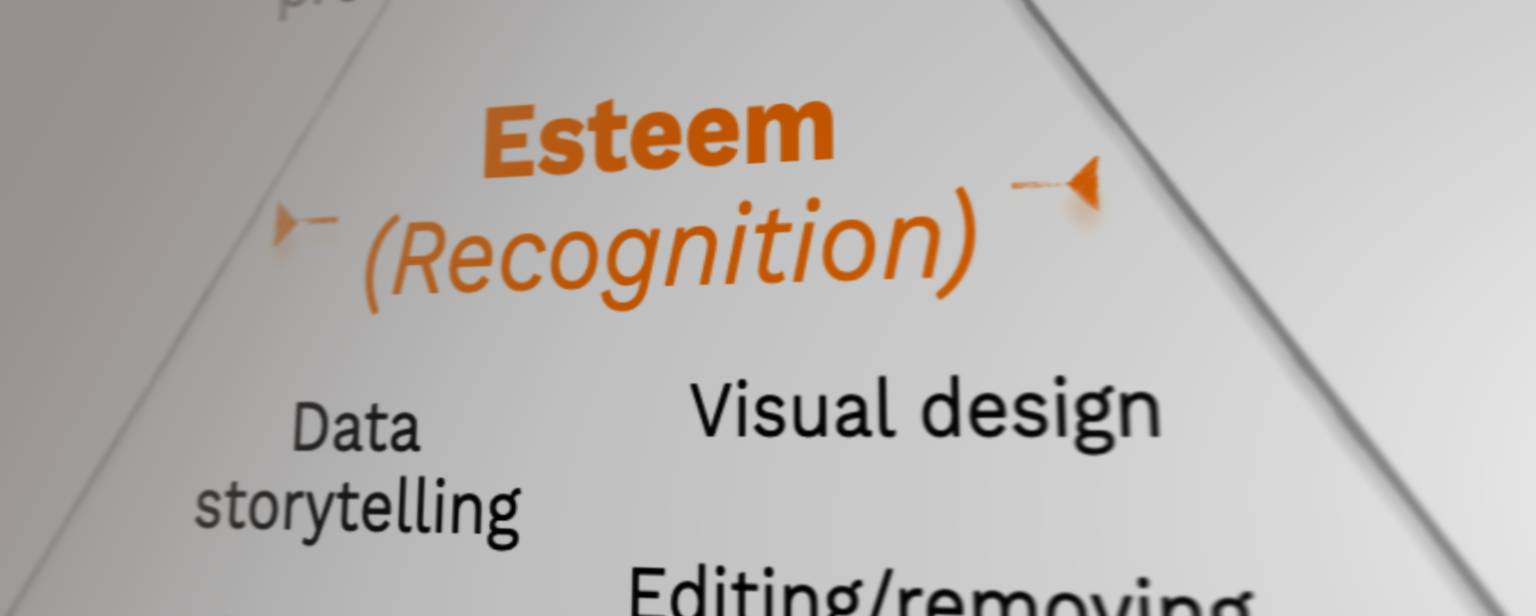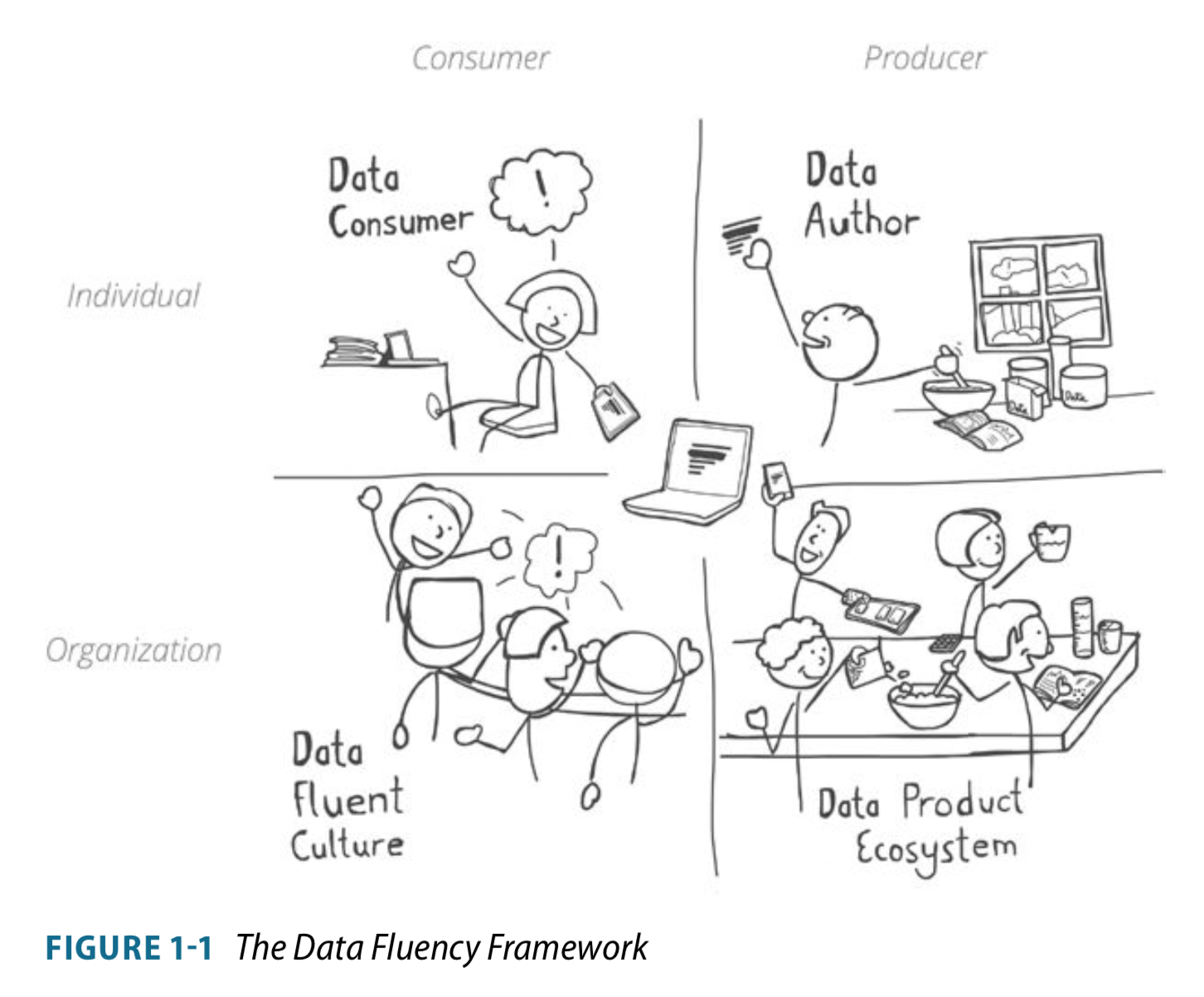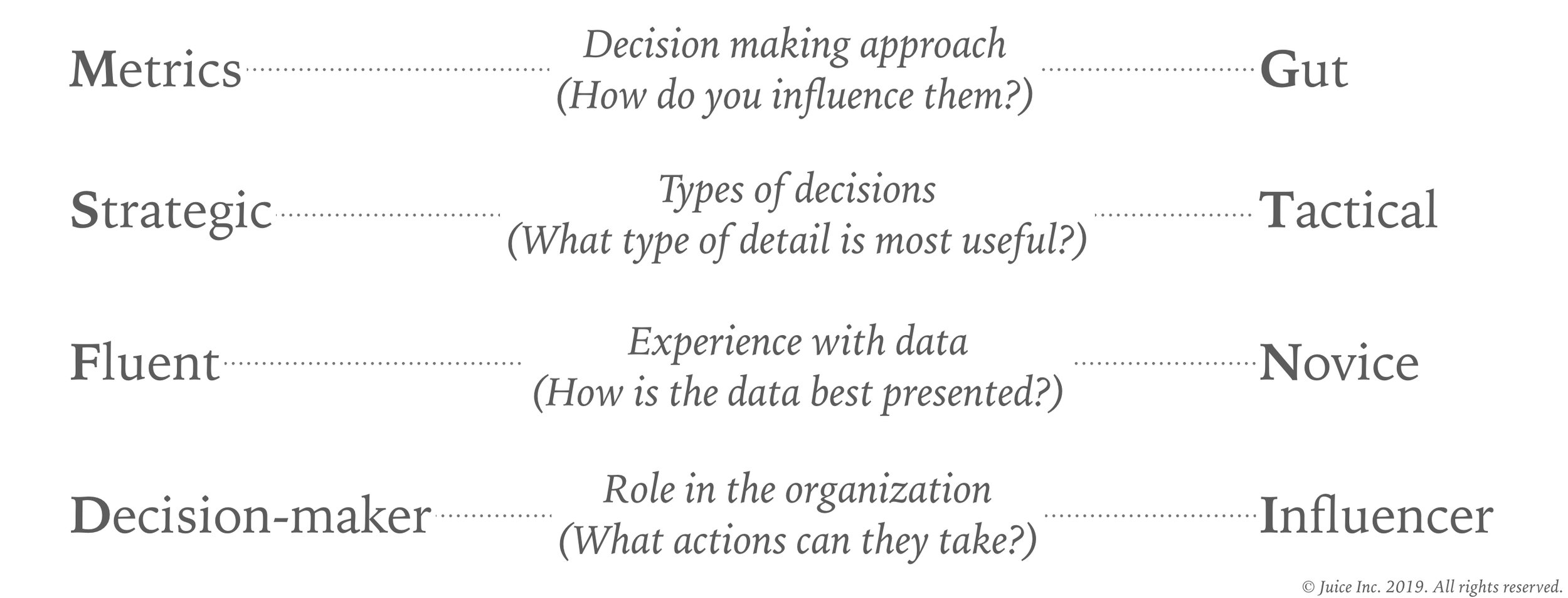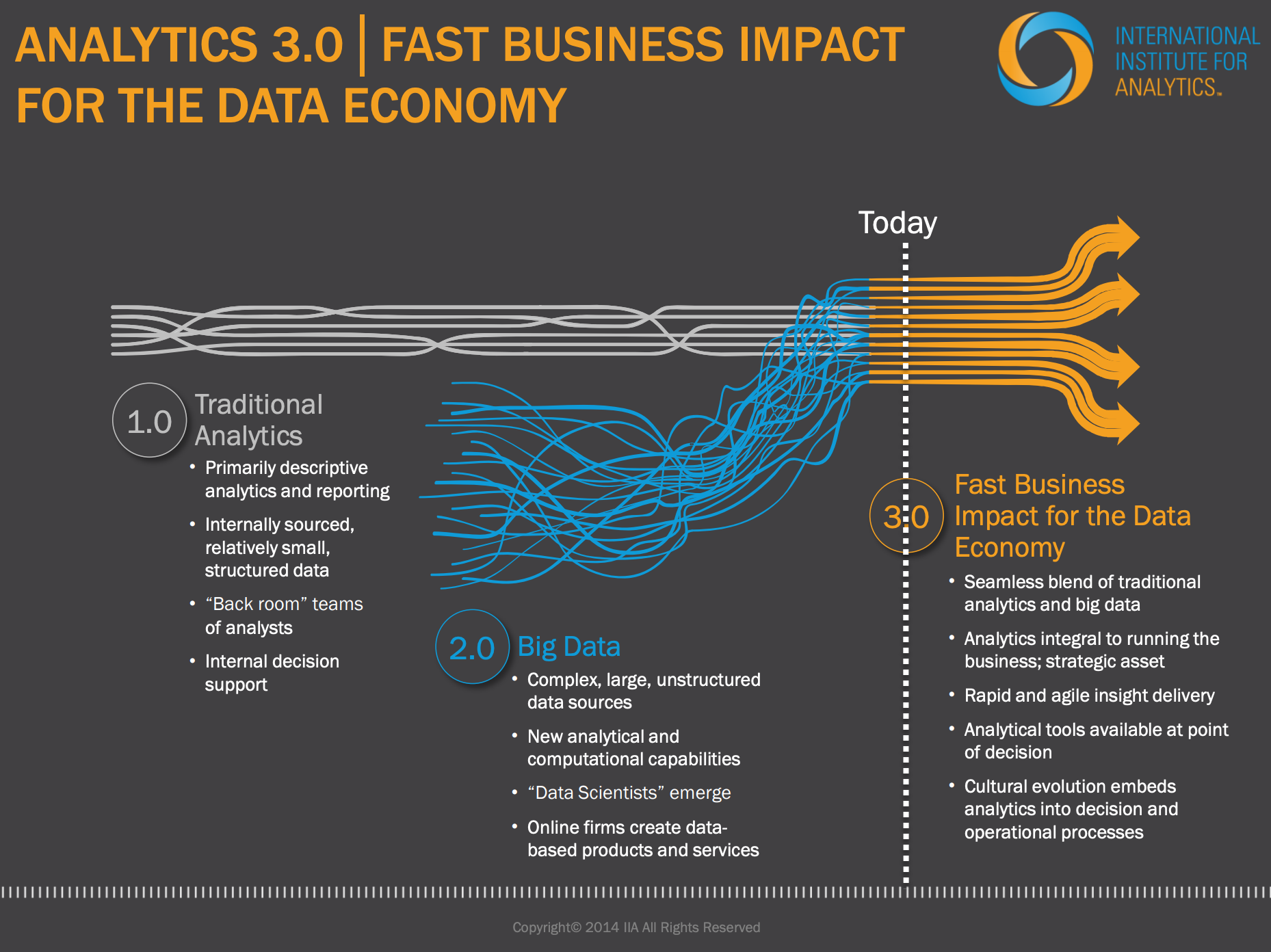Recently, while meeting with one of our clients, they mentioned their desire to provide their customer’s business team with the ability to run ad-hoc reports. This notion spurred me to think about whether or not I thought this was a plan for success. Would having this additional analytics ability help the non-analyst be more effective at getting their job done? Over the next few days, we’ll be exploring the different stages of maturity that information workers go through as they try to become more effective and efficient at consuming and acting on information. By our reckoning, we figure there are 5 Phases in the maturation cycle:
Phase 1: Tribal Elders
Phase 2: Static Reports
Phase 3: Bigger Static Reports
Phase 4: Ad-hoc reports
Phase 5: Experienced Guide
As we go through the different stages, we’ll discuss the breadth (how wide is coverage of all available information), depth (how deep is the understanding about covered information), reach (how easy is the access to the covered information), the typical user of the analytics method, and the signs that the organization is outgrowing each phase in the model. So, without further ado, let’s get started.
Data Analytics Maturation Phase 1: Tribal Elders
Answers from the Experts
The earliest stage of analytics maturity is one in which the organization relies entirely on the expertise of one or two individuals who use their business savvy to provide analytics. These folks, we’ll call them Tribal Elders, have been around the company for a long time and have "seen it all." Just like those "elders" in the movies, they’re wizened leaders who can mash all the data in their heads and join it with their experiences to make good decisions. In effect, there is no formal analytics that is performed during this stage. However, every day, the expert is using their training in the school of hard knocks to observe, analyze, act and advise on what they know to be the best for the business.
On the other hand: No rest for the weary
An organization outgrows this phase when the business becomes complex either through growth or through changing environment (such as variance in market conditions, or the expert leaving the business). All of a sudden, the leaders find themselves in a situation where they can’t scale the decision-making quickly enough to continue to drive the business. The huge asset of the expert’s experience has turned into a liability that acts as an anchor on the organization’s maneuverability.
Data Analytics Maturation Phase 2: Static Reports
Answers to questions you know
An organization has reached the second phase when they have realized that they have outgrown their ability to rely wholly on what they can get out of the Tribal Elders to run the company. So they start to write down all the questions they normally ask. They use this list to start to build reports that that can provide answers to those questions that they know. Once completed, the organization now has the ability to enable a broad audience to answer the questions that have been asked on a regular basis.
On the other hand: Surprise!
The limitation of this approach is that the Tribal Elders are still needed to answer the questions that fall outside of the standard "what I know to ask" category. The beginning of the end of this phase happens when an event that was unforeseen occurs that dramatically and negatively impacts performance. The logical question arises "why didn’t we see this coming?" followed by the answer "we didn’t have that data." The organization then begins the transition to Phase 3.
Data Analytics Maturation Phase 3: Bigger Static Reports
Answers to questions you don’t know
Once the organization realizes that they need answers to questions that they don’t yet know, they start to extract all sorts of permutations on all of the data that they have and distribute those reports to the "need to knows" on a regularly scheduled basis. In most cases, an analytics team is set up to manage the requests from the business for more or different information. Sometimes the reports are modified, but many times new reports are created because the users already know how to use the old reports. The analytics team works hard to maintain the information flow to the individual requests with the intent to provide all the information that would ever be needed by the consumers.
On the other hand: Page 73, Row 14, Column G
The downside is that this typically manifests itself in the form of the dreaded 124-page monthly report. So, the reporting "Oracle of Delphi" shows up in the inbox. For a little while, there’s some excitement along the lines of "I never knew we could get all this information." However, soon folks realize that interpreting the data for "questions you don’t know" turns out to be pretty difficult and once they figure out where are the answers to the questions they know, they just look at those few rows of the report and leave the rest for analysis "later" (which probably means it ends up in the recycle bin...if we’re lucky).
Data Analytics Maturation Phase 4: Ad-hoc reports
Answer your own questions
Phase 4 begins when a few folks who get the 124-page data dump realize "if I could just filter the data down a little I could much better understand the answers to this specific question". The organization provides the ability for end-users to create ad-hoc reports. Now the user has the ability to construct their own custom reports to answer the specific and unique questions they have about their data.
On the other hand: Water, water everywhere...
Sadly enough, however, most people who need to know the answers get stuck in any of a few traps down in the weeds. The first trap is that they may be sure they know what questions to ask, but even in spite of their confidence, they’re really asking the wrong ones. Secondly, most people in this situation are more business-oriented and less technical (presumably the more technical ones have already figured out how to query the data directly). In all but a few cases, the tool that is provided requires too much technical expertise for most business people to overcome in order to be really productive. Thirdly, even if they can actually get to the data that really does help them to be more productive, they lack the analytical expertise to interpret the data and turn it into usable information. The end result of these three hurdles is that the users end up either in analysis paralysis, or just plain giving up.
Data Analytics Maturation Phase 5: Experienced Guide
Answers to questions you should know
To solve the barriers presented by having a lot of data available only to technical users, maturing organizations provide solutions targeted at specific business areas that make exploration accessible to those who can impact business performance (in other words, everyone involved in the workflow). These solutions are not about the technology or even the data, but rather about providing information that translates easily into getting stuff done.
The results are provided in a fashion that makes access to the right information easy by guiding the user through a process to help them answer the known questions, discover new questions to ask and explore answers to these questions. It’s sort of like the guide you might hire on a photo safari. The experienced guide will make sure you find the animals that you came to see in the first place, but will also point out really interesting things along the way that you had never thought of. And you might even discover something amazing and exciting that you didn’t even know existed. Good information tools are just like an experienced safari guide.
On the other hand: Few and far between
The sad part about "experienced guide" information tools is that there are so few that exist. The good news is that we see more and more information workers and decision-makers "seeing the light" when it comes to understanding their need for these sorts of tools. And, we believe that as more and more organizations mature and experience the challenges of the first 4 Phases of Analytics Maturation that more and more will see the benefits of Phase 5, and implement solutions that help us all be more effective and efficient users of information.





